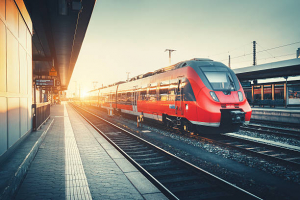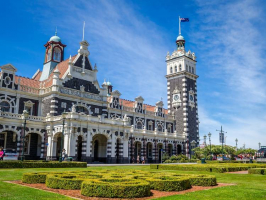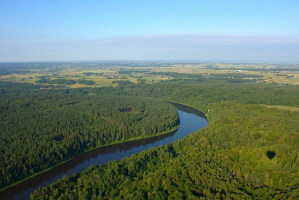Top 10 Longest Railway Networks
Railway is one of the most popular modes of transport in the world today. With low cost, large volume of goods and convenience on the continent, countries pay ... read more...great attention to investing in developing this type of transport. Here are 10 countries that own the longest railway in the world that Toplist wants to send to readers today.
-
The railroad system of the United States is almost as old as the country itself. Without the railroad system, America would not have become one of the most lucrative superpowers it is today. Colonel John Stevens is credited with first presenting the idea of building a railway line in 1812. Mr. Stevens probably did not expect the railway system to become increasingly developed in the future.
The United States has the longest rail network in the world. Accordingly, freight transport accounts for 80% of the country's total railway network, while the network of railway lines waiting for passengers is 35,000km long.
The U.S. railway network includes 538 privately held railroads. In which, Union Pacific Railroad and BNSF Railroad are one of the largest rail transport enterprises in the world. The US is planning to build a national high-speed rail connection with a length of 27,000 km from now to 2030.
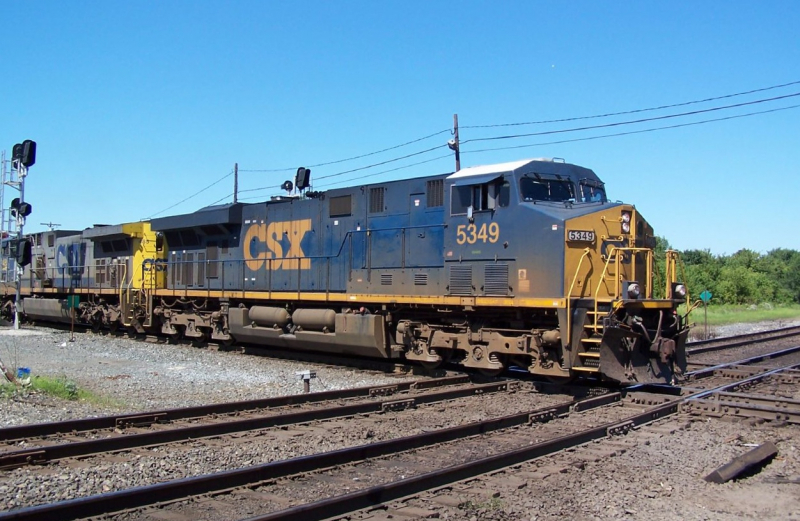
Rail transportation in the United States - Wikipedia -
China's railway network is the second largest in the world. The operation of the railways, operated by the National Railway Corporation, handled more than 2.08 billion passengers and 3.22 billion tons of cargo. Railways are a popular means of transport in the country. China's railway network includes 90,000 km of regular rail and about 10,000 km of high-speed rail.
The rapid expansion of China's high-speed rail network in recent years makes it the largest railway network in the world by far. The Beijing-Guangzhou Expressway is 2,298 km long and is the longest high-speed railway in the world. The total length of China's high-speed rail network is expected to reach 50,000 km by 2020.
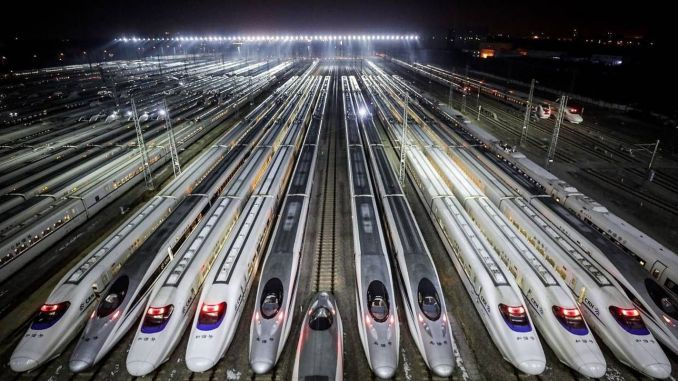
China Railway Transport Reaches 80 Percent Of The Normal Level - RaillyNews -
In third place is Russia, in 2013, the country's railway industry welcomed more than 1.08 billion passengers and 1.2 billion tons of goods.
Russia's railway network consists of 12 main lines, many of which directly connect with the national railway systems of Europe and Asia such as Finland, France, Germany, Poland, China, and Mongolia. North Korea. The Trans-Siberian Railway (Moscow-Vladivostok line), spanning 9,289 km, is the longest and one of the busiest railway lines in the world.
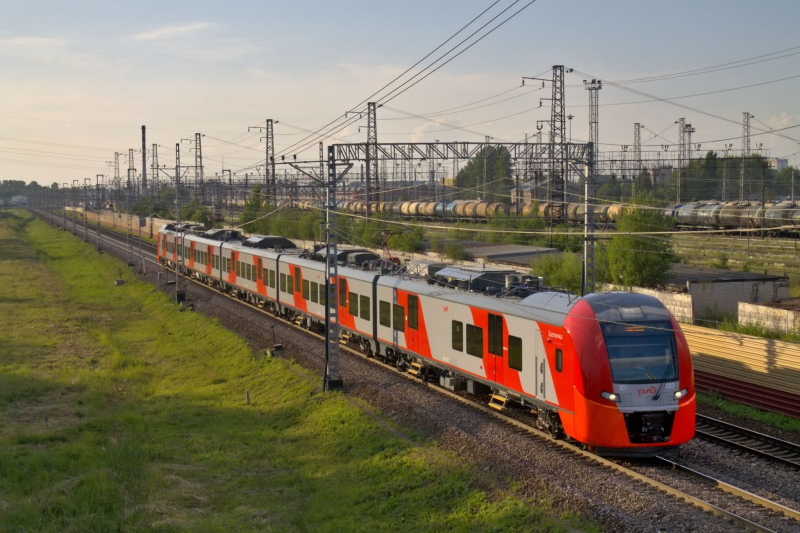
Russia Railways | Climate Bonds Initiative -
India's national railway network is the 4th longest in the world, with a length of more than 65,000km. In 2013, the country's railways served about 8 billion passengers and 1.01 million tons of cargo. The Indian railway network is divided into 17 regions and operates more than 19,000 trains per day, including 12,000 passenger trains and 7,000 freight trains.
Rail transport is an important mode of transportation of people and goods in India. Indian Railways (IR) is the main operator of railway operations across the country, a state-owned entity of the Ministry of Railways, which previously had its own government budget. Between 2019 and 2020, 22.15 million passengers used the Indian Railways network on a daily basis. During the same period, 3.32 million tons of freight were also transported daily on the India Railway network.
The 534km Mumbai-Ahmedabad Expressway is being upgraded as a pilot project with an estimated investment of $9.65 billion.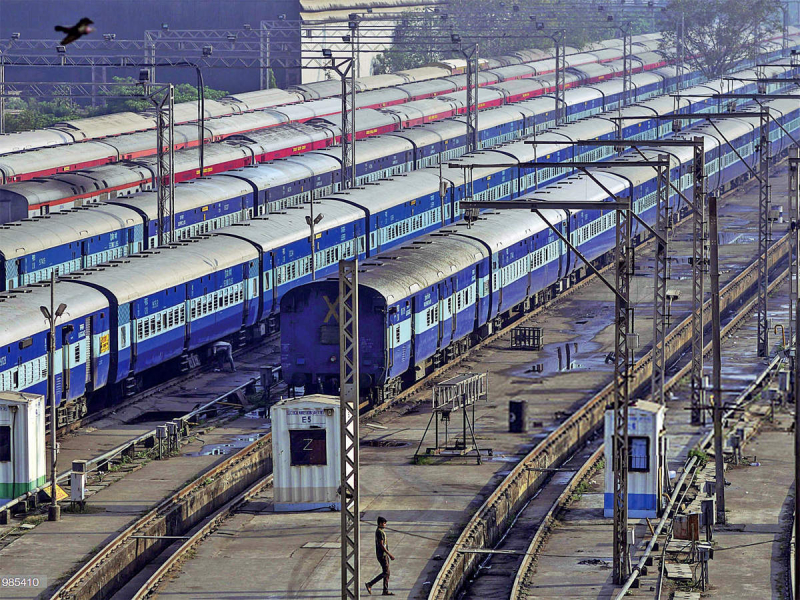
Indian Railways: 150 private passenger trains to run on 100 routes - The Economic Times -
This country's railway industry operates with two lines, one is the national railway, the other is the Canada - Pacific railway, with a total length of 48,000km. In which, the 12,500km national railway transports passengers between cities. At the same time, there is a small railway line serving passengers in rural areas. In the cities of Montreal, Toronto and Vancouver, there is a nationwide tram system. In Canada, there are currently no high-speed rail lines under construction.
Three Canadian cities - Montreal, Toronto and Vancouver - have extensive commuter train systems. Additionally, the Rocky Mountaineer and Royal Canadian Pacific offer luxury rail tours for scenic views of certain mountain regions in the country.
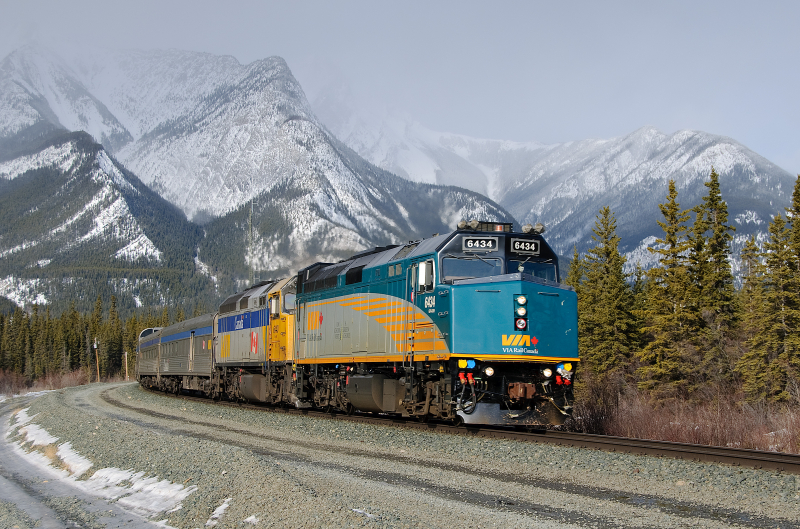
Canadian train - Wikipedia -
Deutshe Bahn - a German rail transport company based in Berlin is considered the dominant enterprise of the country's rail network, accounting for about 80% of total freight traffic and 99% of road passenger traffic.
In addition, there are more than 150 private railway companies operating on German railway lines, providing passenger and freight services in the region. The S-Bahn serves the suburbs, while the Hamburg Cologne Express (HKX) is the main long-haul passenger operator.
Germany's railway network has more than 1,300 km of high-speed rail in operation as of mid-2013 and more than 400 km of new highways under construction. Deutshe Bahn opened high-speed services, called InterCity Express (ICE), for the first time in 1991. The high-speed network, operating at speeds up to 320km/h, now connects cities Germany and neighboring countries such as France, Switzerland, Belgium, the Netherlands and Austria.
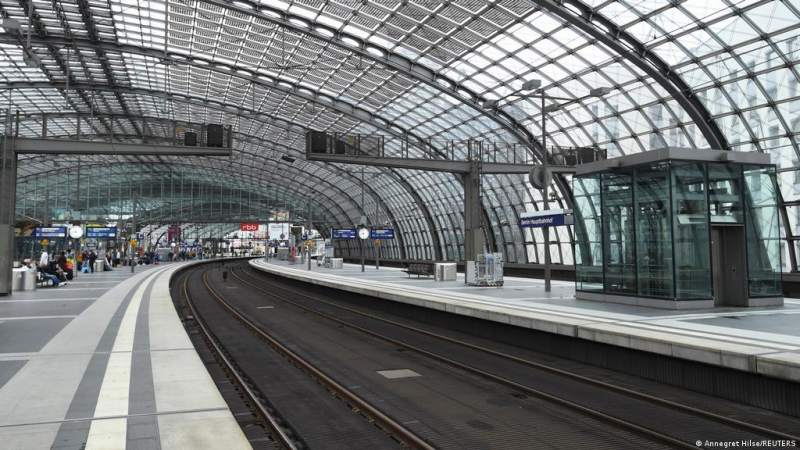
German rail strike: Union extends action to passenger trains | DW -
Most of the infrastructure of the rail network in Australia is controlled and maintained by the Australian government. However, in Australia has not yet built a high-speed rail system.
Aurizon, Genesee and Wyoming Australia, and Pacific National are among the major freight operators on the network. Great Southern Railway, NSW TrainLink and Queensland Rail are the leading long-distance passenger rail operators in the country. Additionally, the Melbourne Underground, Sydney Train, V/Line and Adelaide Underground operate commuter services in major suburban areas. Besides, there are also a number of other privately operated railway lines operating in the country.
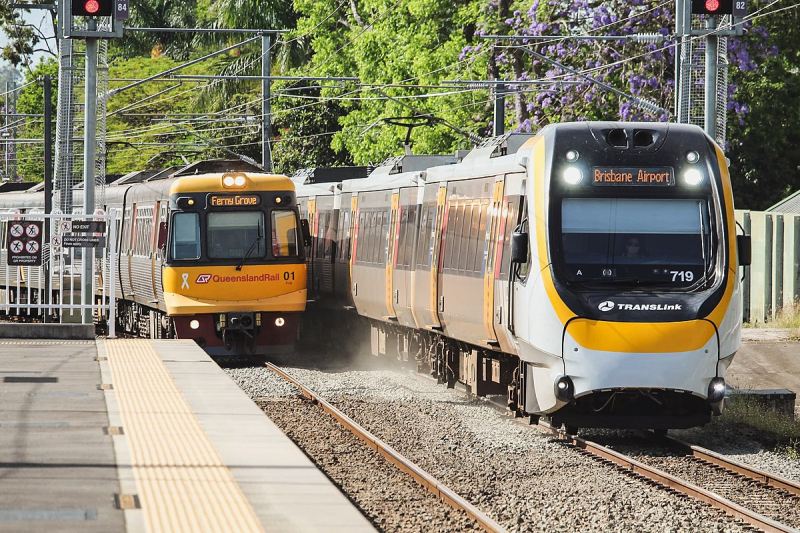
Rail transport in Australia - Wikipedia -
Argentina's rail network ranks eighth in the world. Before World War II, Argentina owned a railway network of 47,000km, but then, due to heavy destruction during the war, today its railway line is only 36,000km long.
Argentine Railways was privatized between 1992 and 1995 with the concession of operating rights to various private companies to operate six parts of the formerly state railway network. Cities such as Buenos Aires, Resistencia and Mendoza offer a variety of suburban passenger services, as well as domestic long-haul passenger routes.
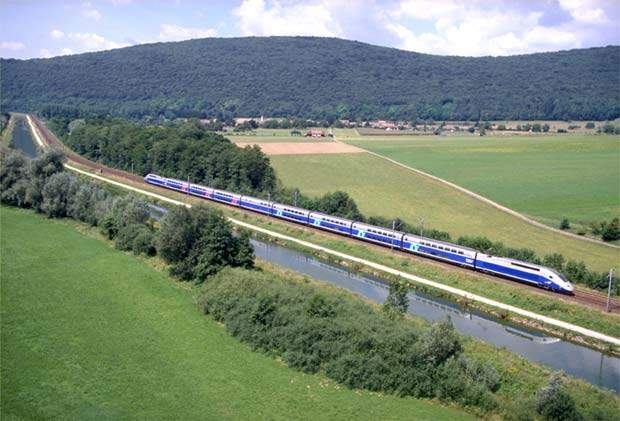
Argentine High-Speed Railway - Railway Technology -
France has the second largest railway network in Europe and the ninth largest in the world. The French rail network mainly serves passengers. The French national railway company (State-owned Société Nationale des Chemins de fer Francais) – SNCF is the country's main railway operator.
The country's high-speed long-haul passenger service is known as Train à Grande Vitesse (TGV) and standard long-haul passenger services operate under the name Intercités. The short and medium distance passenger rail services are known as Transport Express Régional (TER). This rail system links to neighboring countries such as Belgium, Italy and the United Kingdom.
France is one of the early adopters of high-speed rail technology. The SNCF launched the TGV high-speed rail in 1981. The country's current high-speed network exceeds 1,550 km in length. The Tours-Bordeaux high-speed rail project, scheduled for completion in 2017, will add another 302 kilometers to the network.
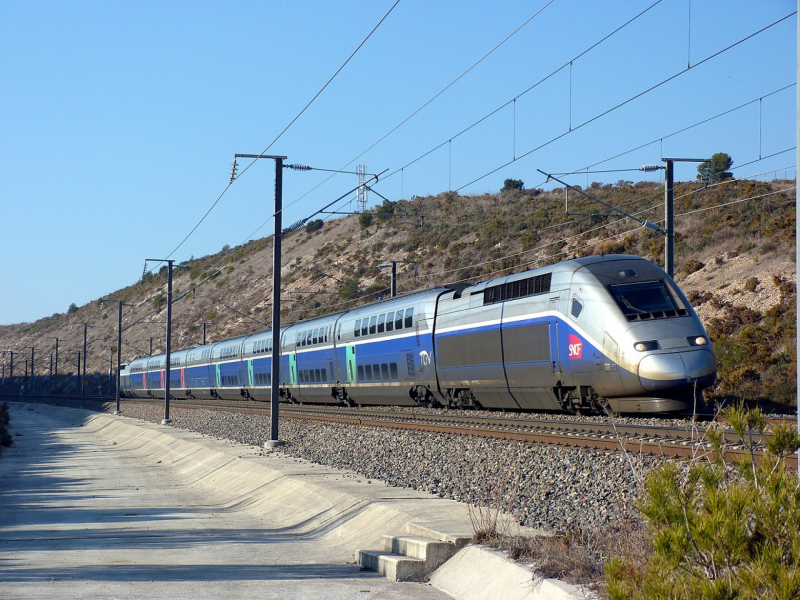
French railways embrace Galileo | EU Agency for the Space Programme -
Brazil's railway system currently operates up to 4 gauges. Width (1,600mm): 4,057km (14.2%); one - meter gauge (1,000mm): 23,489km (84.1%); Triple line (1,000 mm and 1,600 mm): 33 km (1.1%); Standard gauge (1,435mm): 202.4 km (0.7%). Total is 28,084km (1,122km electrified) - excluding urban roads, 12km narrow gauge 762mm is kept as a heritage railway. There are also ten metro lines (of which three are under construction).
In 2012, the Brazilian government announced the construction of 10,000 kilometers of new lines including high-speed freight and passenger lines by 2042. A 511-kilometer high-speed rail line between São Paulo and Rio de Janeiro was planned for development in the country, but the project has yet to take off.
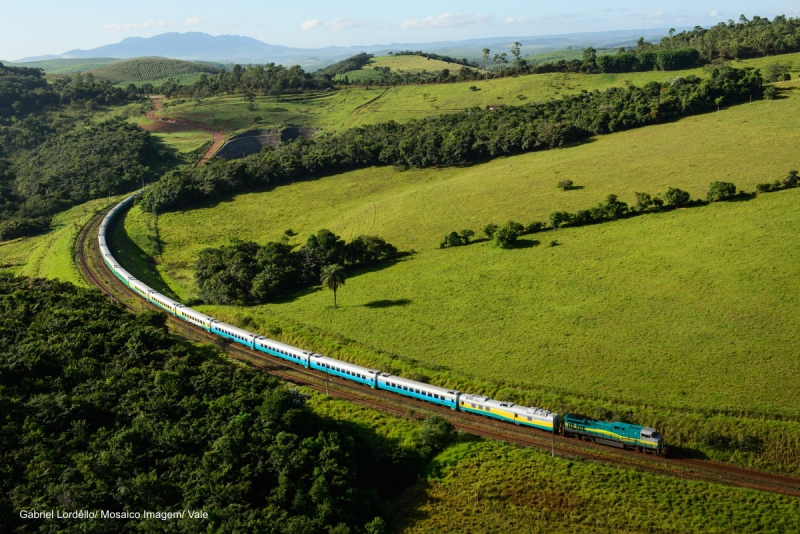
Brazil needs more than USD 45 billion to expand its railways - Railway PRO












